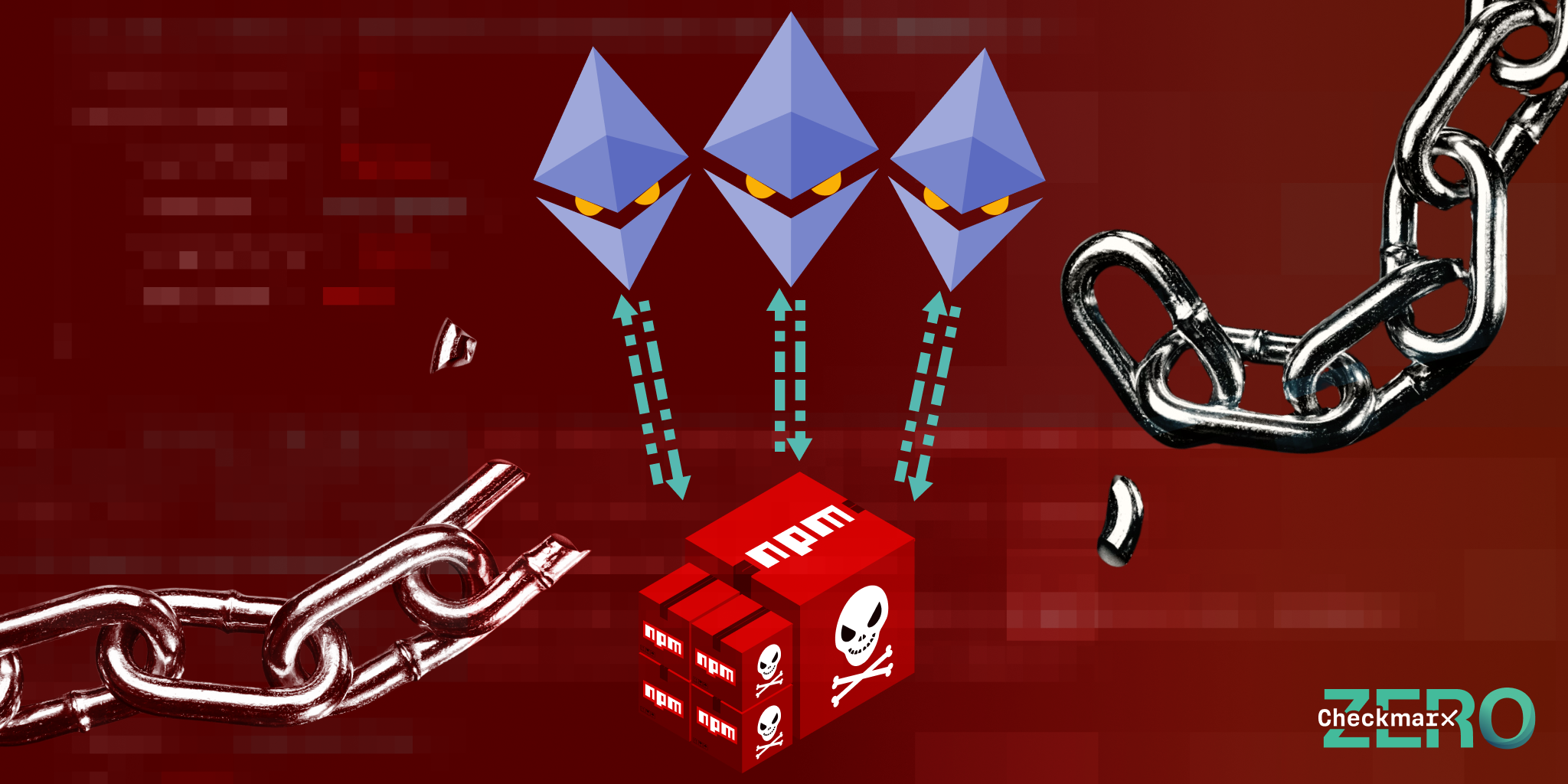In the digital age, the world of industrial supply chains is undergoing a major transformation. From manufacturing plants to retail stores, businesses around the globe are grappling with the complexities of ensuring the smooth, efficient, and secure movement of goods. In this context, blockchain technology has emerged as a powerful tool with the potential to revolutionize supply chains. But is it really the future of industrial supply chains, or is it just another buzzword?
In this article, we’ll explore the role of blockchain in industrial supply chains, its benefits, challenges, and real-world applications. We’ll also look at the future of this technology and what it could mean for industries around the world.
What Is Blockchain?
At its core, blockchain is a decentralized and distributed ledger technology that securely records transactions across a network of computers. Each transaction or “block” is linked to the previous one, forming a chain. Once a block is added to the blockchain, it cannot be altered or deleted, ensuring the integrity and transparency of the data.
While blockchain gained widespread attention due to its association with cryptocurrencies like Bitcoin, its applications extend far beyond the world of digital currency. The key features of blockchain—decentralization, transparency, security, and immutability—make it an ideal solution for addressing some of the most pressing challenges in industrial supply chains.

The Current Challenges of Industrial Supply Chains
Before diving into how blockchain can improve supply chains, it’s important to understand the challenges these systems currently face.
- Lack of Transparency: Many supply chains involve multiple stakeholders, including suppliers, manufacturers, distributors, and retailers. Tracking products from the source to the end customer is often a manual and fragmented process. As a result, visibility is limited, and businesses have little insight into the status of goods as they move through the supply chain.
- Inefficiencies: Traditional supply chains are often inefficient due to a reliance on paper-based processes, human intervention, and outdated technology. These inefficiencies can lead to delays, higher costs, and errors in inventory management.
- Fraud and Counterfeiting: In industries like pharmaceuticals, luxury goods, and electronics, counterfeit products can infiltrate the supply chain, undermining brand reputation and consumer trust. This is especially concerning in global supply chains, where goods pass through multiple countries and customs checkpoints.
- Security Risks: Cybersecurity threats are a growing concern in supply chains. Sensitive information, such as shipment details, pricing, and contracts, can be vulnerable to hacking or data breaches. These security risks can disrupt operations and compromise the integrity of supply chain data.
How Blockchain Can Address These Challenges
Blockchain has the potential to tackle many of the challenges currently plaguing industrial supply chains. Let’s explore how it can improve transparency, efficiency, security, and more.
1. Enhanced Transparency and Traceability
One of the biggest advantages of blockchain technology is its ability to provide end-to-end visibility of goods as they move through the supply chain. By using blockchain, every transaction or movement of goods can be securely recorded on a shared ledger, accessible to all authorized participants.
For example, in the food industry, blockchain can track the journey of a product from the farm to the grocery store. Consumers can scan a QR code on a product label to view its entire history, including details about the farm where it was grown, the processing stages it went through, and the conditions it was stored under. This level of transparency not only helps build trust with customers but also allows companies to quickly identify and address any issues in the supply chain, such as contamination or recalls.
2. Increased Efficiency and Reduced Costs
Blockchain has the potential to streamline supply chain processes by eliminating the need for intermediaries and manual record-keeping. Smart contracts, which are self-executing contracts with the terms of the agreement written into code, can automate many supply chain tasks, such as verifying shipments, triggering payments, and updating inventory records.
This automation can reduce delays and errors, leading to cost savings. For example, a manufacturer can use blockchain to automatically trigger a payment to a supplier once goods are delivered, reducing the need for time-consuming paperwork and invoicing. Additionally, blockchain can help optimize inventory management by providing real-time, accurate data on stock levels and movement.
3. Combating Fraud and Counterfeiting
Blockchain’s immutability makes it an effective tool for combatting fraud and counterfeiting. Since blockchain records cannot be altered or deleted, it provides a secure way to verify the authenticity of products at every stage of the supply chain.
In the luxury goods industry, for instance, blockchain can be used to track the provenance of high-end products, ensuring they are genuine and not counterfeit. Each item can be assigned a unique identifier, such as a QR code or RFID tag, that is linked to the blockchain. This identifier can be scanned at various checkpoints to verify the product’s authenticity and origin, preventing the entry of counterfeit goods into the market.
4. Improved Security
Blockchain’s decentralized nature makes it more secure than traditional centralized systems. In a blockchain network, data is stored across multiple computers, making it resistant to hacking or tampering. Each block is encrypted, and transactions require consensus from multiple participants before being added to the blockchain, ensuring that fraudulent activity is quickly detected.
In the context of supply chains, this enhanced security can protect sensitive data, such as shipment details, pricing, and contracts, from cyberattacks. Blockchain also reduces the risk of human error, as manual processes are replaced by automated, transparent workflows.
Real-World Applications of Blockchain in Supply Chains
Several industries are already exploring or implementing blockchain technology to enhance their supply chains. Let’s take a look at some real-world examples.
1. IBM Food Trust and Walmart
IBM’s Food Trust blockchain is a prime example of how blockchain is transforming the food supply chain. By collaborating with companies like Walmart, Nestlé, and Dole, IBM has created a blockchain-based platform that allows food producers, suppliers, and retailers to track and trace food products in real-time.
In one notable case, Walmart used the blockchain platform to trace the origin of a package of mangoes in just seconds—something that previously took days using traditional methods. This level of traceability helps improve food safety, reduce waste, and increase consumer confidence in the food supply.
2. Maersk and TradeLens
In the shipping industry, Maersk and IBM have developed TradeLens, a blockchain-powered platform designed to improve transparency and efficiency in global trade. TradeLens connects multiple stakeholders in the supply chain, including shipping companies, port authorities, customs officials, and freight forwarders, enabling them to share information securely and in real-time.
By using TradeLens, companies can reduce delays, lower costs, and improve the accuracy of their shipments. For instance, customs authorities can access real-time data on cargo shipments, speeding up the clearance process and reducing the risk of delays at ports.

3. VeChain in the Luxury Goods Industry
VeChain is a blockchain platform that has been used in the luxury goods industry to combat counterfeiting and improve supply chain transparency. By partnering with major brands like Louis Vuitton and BMW, VeChain uses blockchain to authenticate high-end products and track their journey through the supply chain.
VeChain provides each product with a unique identifier, allowing consumers to verify the authenticity of their purchases through a simple mobile app. This not only helps protect brands from counterfeit goods but also provides consumers with confidence in the products they buy.
The Future of Blockchain in Industrial Supply Chains
While blockchain holds tremendous promise for industrial supply chains, there are still challenges to overcome before it can be fully adopted on a global scale. Some of these challenges include:
- Scalability: Blockchain networks, especially those with a high volume of transactions, can experience scalability issues. Processing large amounts of data quickly and efficiently will be key to the widespread adoption of blockchain in supply chains.
- Interoperability: For blockchain to be effective, it must be compatible with existing supply chain systems and technologies. Interoperability between different blockchain platforms and legacy systems will be critical for seamless integration.
- Regulatory and Legal Issues: The use of blockchain in supply chains raises questions about data privacy, security, and legal responsibility. Governments and regulatory bodies will need to create frameworks to govern the use of blockchain in industrial applications.
Despite these challenges, the future of blockchain in industrial supply chains looks promising. As more companies recognize the potential benefits of blockchain—such as enhanced transparency, increased efficiency, and improved security—it’s likely that we’ll see more widespread adoption in the coming years.
Conclusion
Blockchain technology is undoubtedly a game-changer for industrial supply chains. Its ability to provide transparency, increase efficiency, and enhance security makes it an attractive solution for industries ranging from food and pharmaceuticals to manufacturing and luxury goods.
As the technology continues to mature, we can expect blockchain to play an increasingly important role in transforming how goods are produced, moved, and sold. However, its widespread adoption will depend on overcoming technical, regulatory, and interoperability challenges.
In the coming years, blockchain could very well become the backbone of the industrial supply chain, driving innovation and improving global trade processes.











































